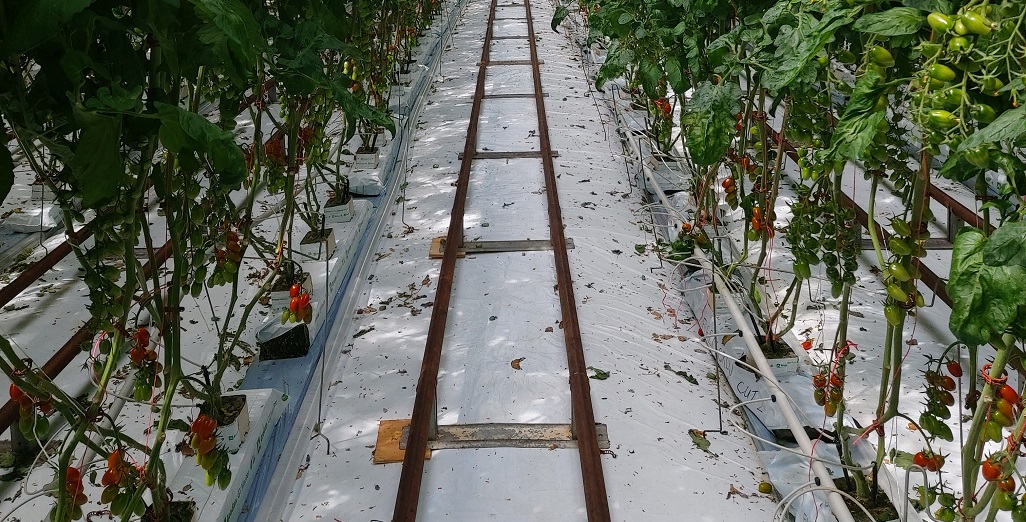Sign up here to subscribe to the Grower2grower Ezine. Every two weeks you will receive new articles, specific to the protected cropping industry, informing you of industry news and events straight to your inbox.
Dec 2019
Lowering EC using your ramp

Aid efficient uptake of water and nutrient
We have been treated with the most amazing weather conditions for the best part of November. I have witnessed the stress, this has placed, on several cucumber plantings. Mature tomato plantings may also find this weather challenging to maintain fruit quality/setting.
Maintaining EC (electrical conductivity or CF conductivity factor) control is important for fruit quality. If EC is too high, it is harder for plants to uptake their refreshment, which is great for generative growth but not so good for maintaining fruit quality (example, Blossom End Rot, BER in tomatoes). If EC is too low it is good for vegetative growth but perhaps not quite so good for maintaining fruit quality (soft fruit, splitting and tasteless water balloons). The most important factor is balance, achieving balance at this time is a challenge. Plants grow quickly, so decisions need to be made decisively.
A relatively easy option is to use computer setpoints during very clear days to lower EC on light intensity. This ensures the correct amount of nourishment, during the most stressful time of the day, is still applied. EC automatically reduces, so uptake of the refreshment is easy for the plant, therefore reducing the stress. I prefer this option than simply having more irrigation cycles. In fact, extra irrigation cycles may end up drowning your plants with kindness. These are all hard lessons I have learnt growing myself. When I was a young grower, I did over irrigate during good weather conditions, especially when I changed from a free draining pumice substrate to my first experience growing with stone wool. Experience is invaluable, I learnt that sometimes less is more.
Reducing EC using a ramp: Set recommended EC setpoint then let the EC gradually ramp down on increases in light intensity (so not all at once). The total percentage reduction of EC is related to the light intensity, the more intense the light the further the reduction. What minimum EC levels achieved should be is subject to the variety and recommendations. This is not a perfect science yet. EC you wish to maintain in the substrate and or runoff is another factor.
This is tricky but if you are able to reduce stress and maintain fruit quality the chance of producing consistently is very achievable. For a long crop growing through the summer it has possibly ‘aged’ a bit faster than has been expected. Decisions you make for long crops currently are important because they have a bearing on Autumn production. If it was easy everyone would do it!!
.jpg)
I appreciate your comments. Please feel free to comment on the grower2grower Facebook page:
https://www.facebook.com/StefanGrower2grower/
Article Written and compiled by Stefan Vogrincic, Consultant, Grower2Grower
Article Edited by Marie Vogrincic, Editor, Grower2Grower
CLASSIFIED
Subscribe to our E-Zine
More
From This Category
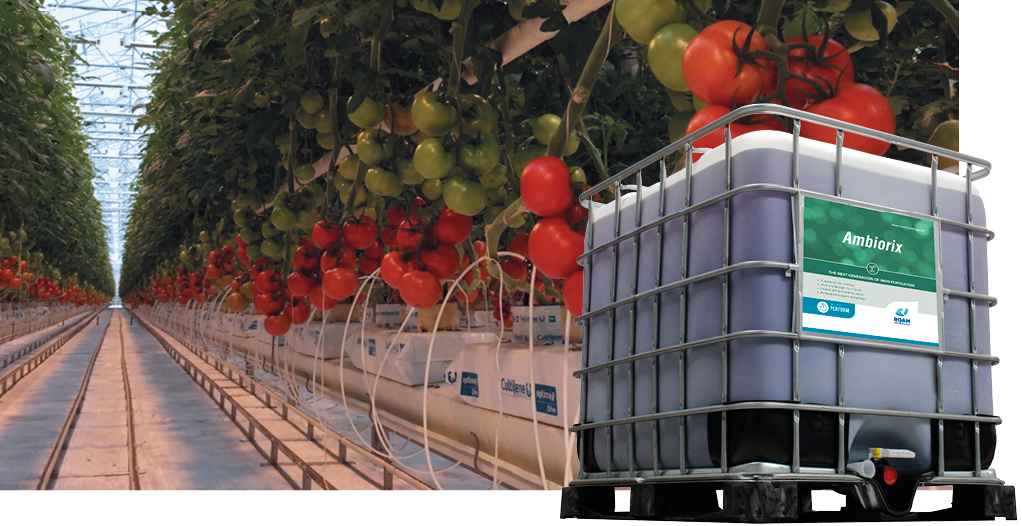
Less fertilisation and higher yields with Ambiorix iron polyphosphate

Bluelab Introduces OnePen™
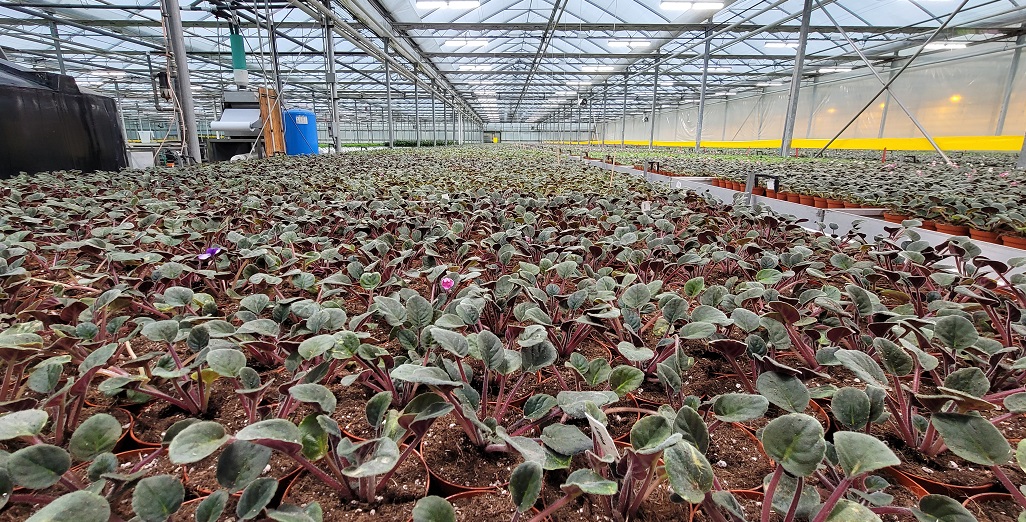
Free Webinar on Controlling Waterborne Pathogens in Greenhouses
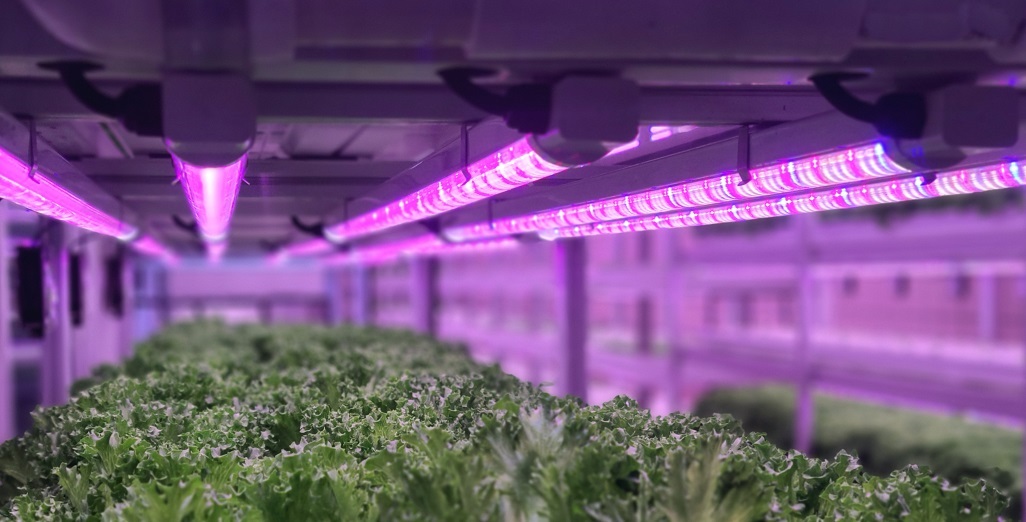
Whitepaper elaborates on safe recirculation of irrigation water
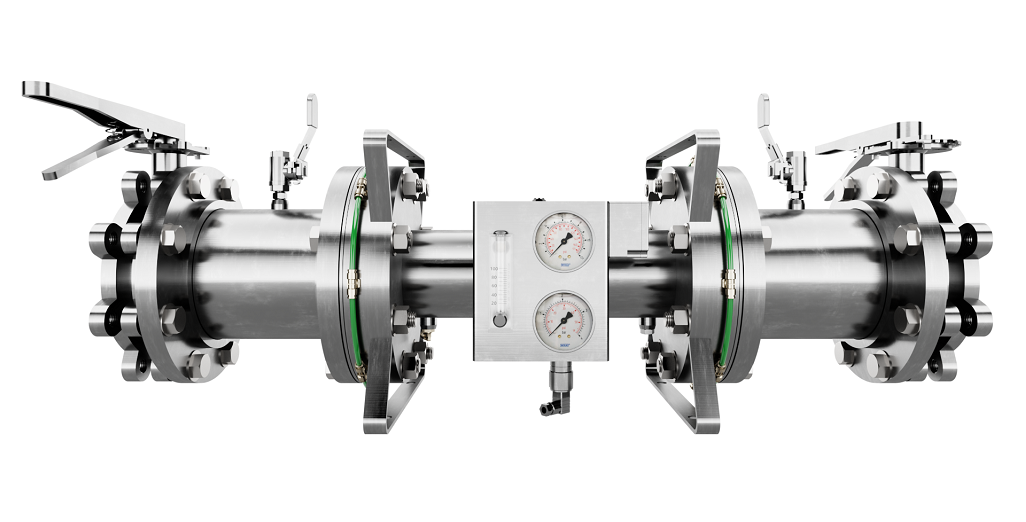
Introducing Moleaer’s Trinity: Revolutionizing Agriculture with Advanced Nanobubble Technology
